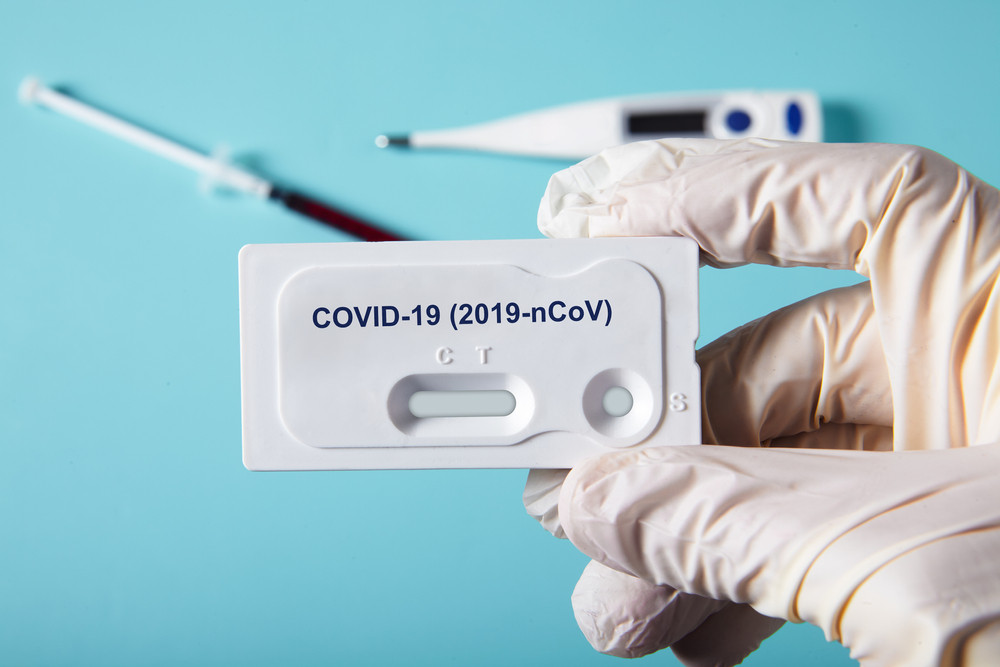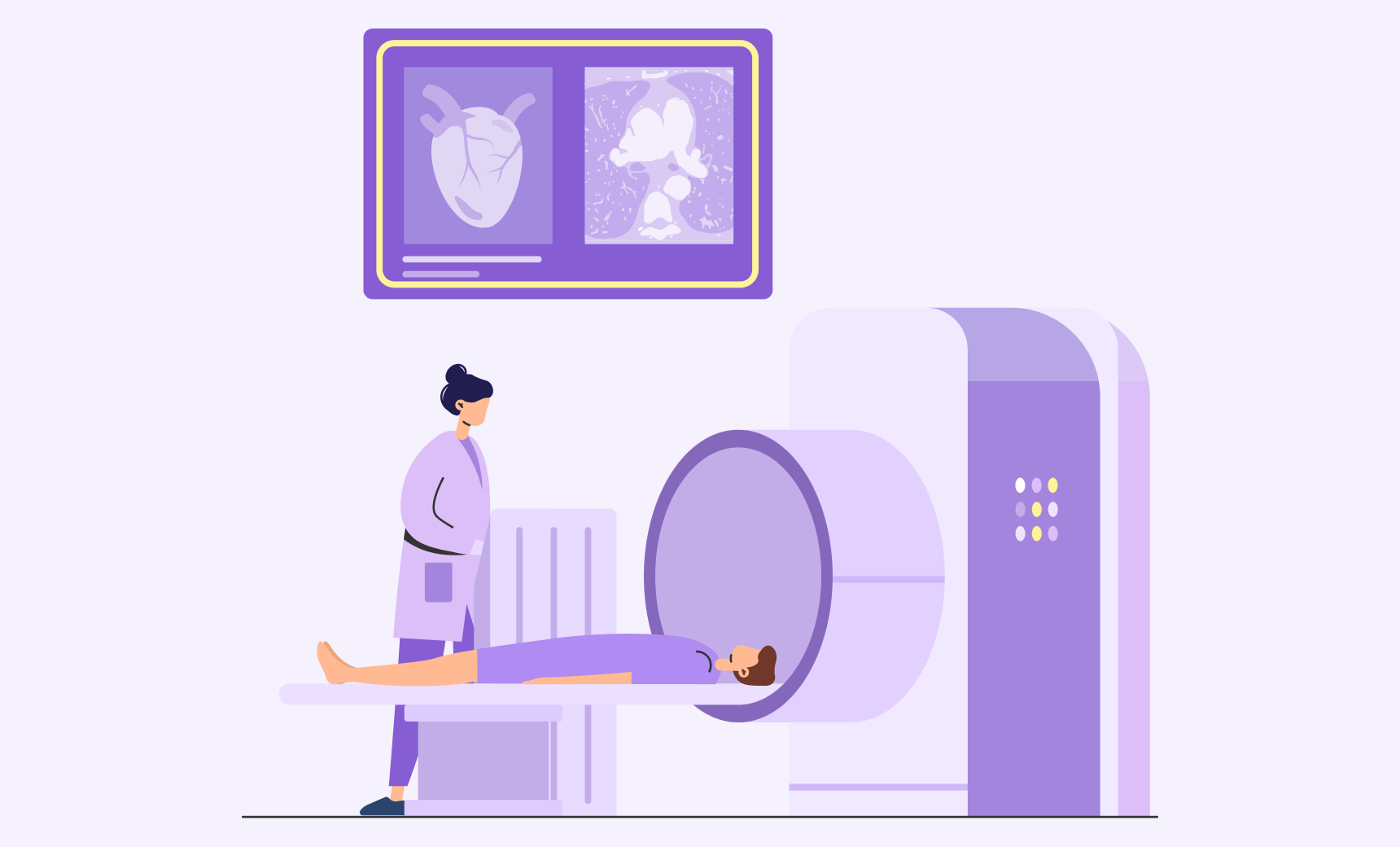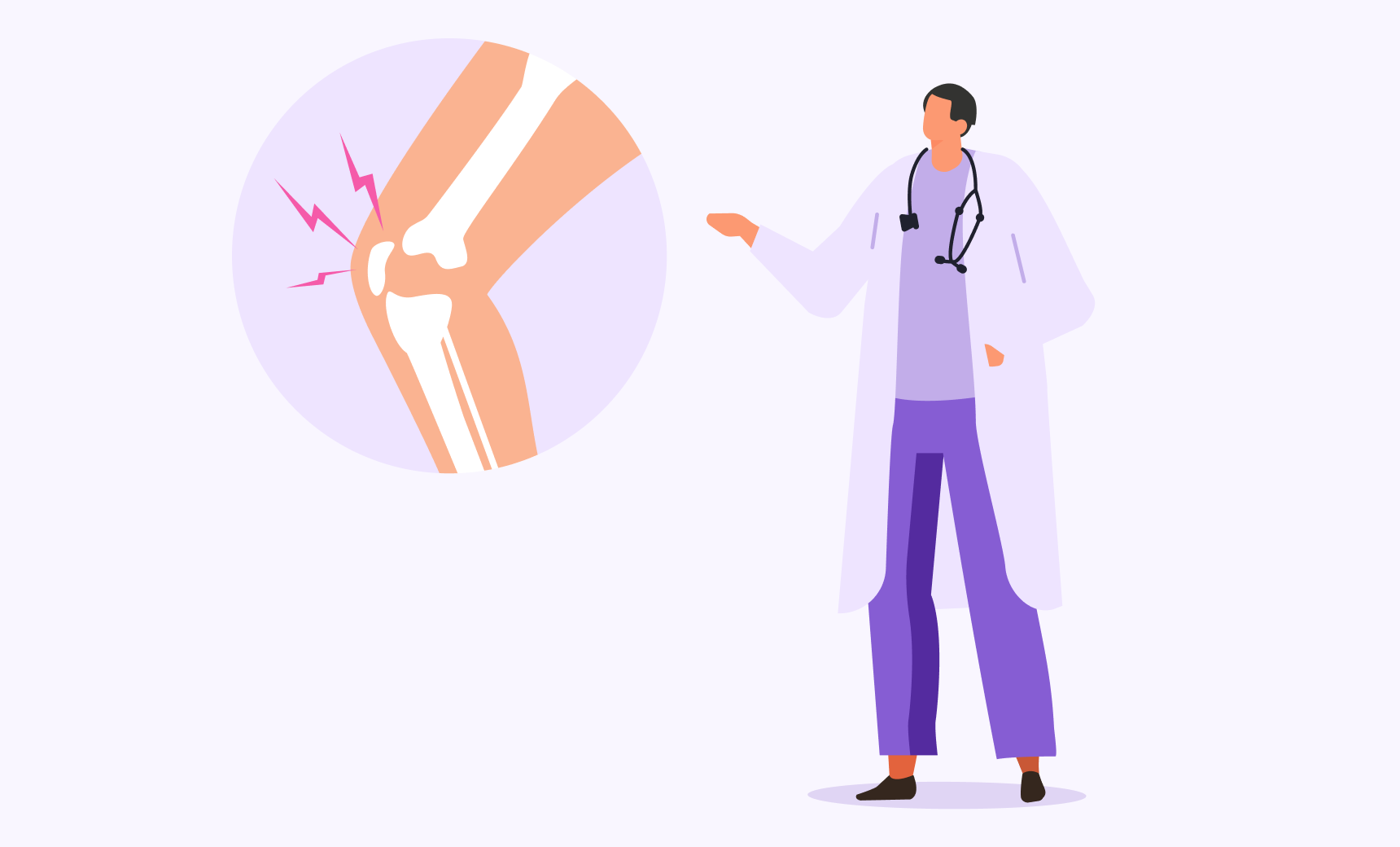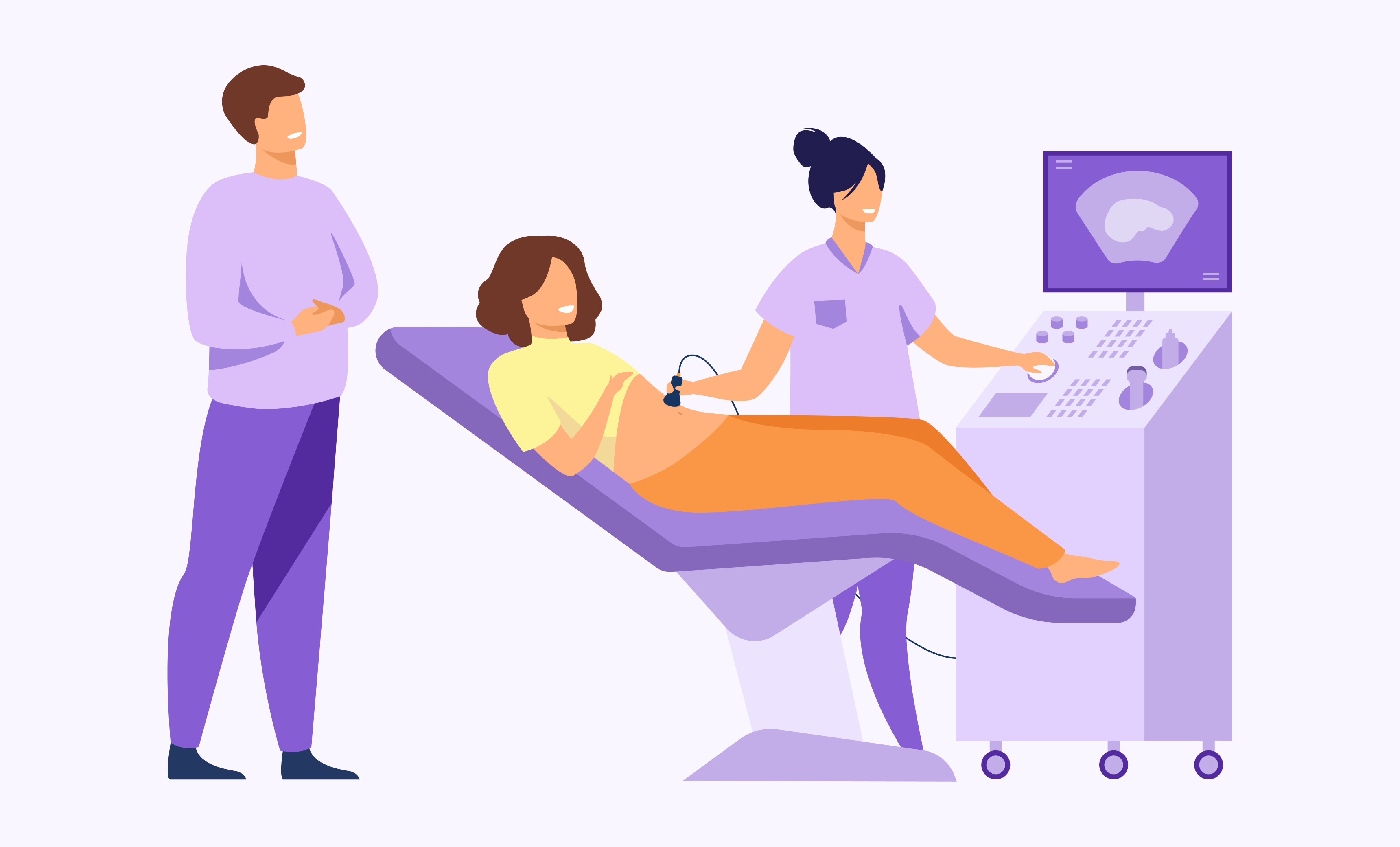
Different paths to the same destination: screening for Covid-19
As the world tries to stay ahead of the novel coronavirus, SARS-CoV-2, or COVID-19, we at LabFinder try our best to stay ahead of the education surrounding all of the latest in medical testing. There can be some confusion regarding the different types of Antibody Tests currently on the market. So here are the three different tests that you might encounter on your search for answers.
- The Nasopharyngeal Swab – Determines whether or not you’re currently active with an infection and can diagnose your status. Think of this test as the yes/no test. Do you have COVID-19? Yes or No? The way this test works is by Reverse Transcriptase Polymerase Chain Reaction (RT-PCR), a vital component in viral replication, telling us that the virus is alive inside your body. It’s worth noting that PCR tests can be very labour intensive, with several stages at which errors may occur between sampling and analysis. False negatives can occur up to 30% of the time with different PCR tests, meaning they’re more useful for confirming the presence of an infection than giving a patient the all-clear.
- The Saliva Test – Is as simple as it means. You can simply spit into a vial and send the specimen to a lab. This also is yes/no test. It provides a diagnosis of an active COVID-19 infection. After testing for the presence of the SARS-CoV-2 virus, the findings suggest that saliva samples provided greater detection, sensitivity, and consistency throughout the course of an infection than the nasopharyngeal swabs. Swab collection requires close contact between the healthcare worker performing the collection and the patient, which poses a health risk to healthcare workers. Using saliva for COVID-19 testing has several advantages when compared to collection of nasopharyngeal swabs. Saliva collection does not require specialized swabs or tubes, is far less uncomfortable for the patient, and may even be done independently by the patient–potentially alleviating the current overwhelming demand for healthcare workers. According to Genetic Engineering & Biotechnology News, a small study conducted by epidemiologists from Yale University showed promising accuracy from a saliva test over the nasopharyngeal swab, however another study conducted in Melbourne Australia showed that sensitivity of saliva as a diagnostic specimen was less than nasopharyngeal swabs. It is safe to conclude that more studies need to be published before we can say which is better with confidence.
- The Rapid Test – There are some medical companies that claim to detect antibodies by a simple fingerstick test, similar to glucose test. However the sensitivity and specificity regarding these tests are much lower than blood draw tests.
- The Antibody Test – According to the CDC, Antibody tests designed to provide results to individuals or healthcare providers can show whether someone was previously infected with SARS-CoV-2. However, these tests have limitations. Specificity (doesn’t detect non-target viruses) and sensitivity (true positive rate) of antibody tests vary. Antibody test results should not be used to diagnose someone with an active SARS-CoV-2 infection. It typically takes 1 to 3 weeks after someone becomes infected with SARS-CoV-2 for their body to make antibodies; some people may take longer to develop antibodies. Depending on when someone was infected and the timing of the test, the test may not find antibodies in someone with an active infection.
Both Nasopharyngeal Swab and COVID-19 Antibody Test are available at LabFinder by selecting the items on the main page.




Andy Alem
The LabFinder Editorial Team is behind The Illuminator and The Insider, LabFinder’s consumer and business blogs.
Dr.Robert Segal
Dr. Segal is CEO and co-founder of LabFinder, as well as a board-certified cardiologist. He began practicing medicine in 2002 and has founded several businesses, including Medical Offices of Manhattan and Manhattan Cardiology.